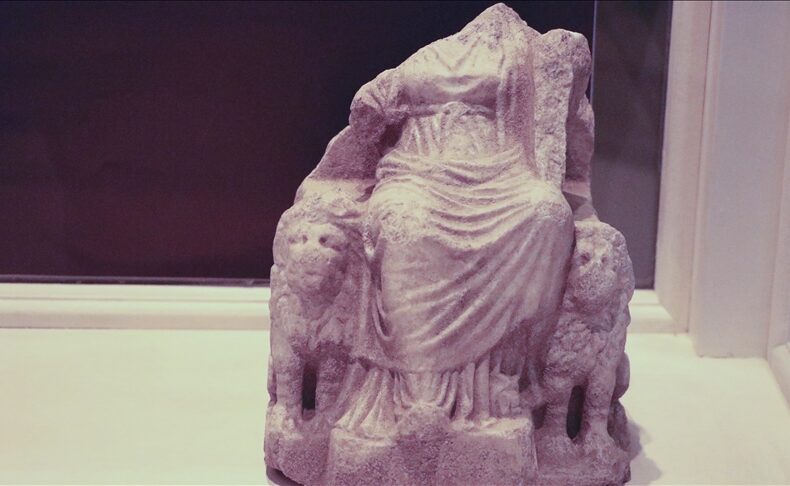
Rare Cybele Statue on Display at Tekirdağ Archaeology Museum Sheds Light on Ancient Anatolian Mother Goddess Cult
The Tekirdağ Archaeology and Ethnography Museum attracts thousands of visitors each year, with one of its star exhibits being a remarkable statue of Cybele, the ancient Anatolian mother goddess symbolizing fertility, nature, and protection. This statue, uncovered during excavations at the nearby Heraion-Teikhos Ancient City, offers a rare glimpse into the spiritual life of ancient Thrace and the wider Anatolian region.
Cybele: The Anatolian Mother Goddess and Symbol of Fertility
Cybele, known as the “Great Mother” or “Mother of the Gods,” represents one of the oldest and most influential mother goddess figures in Anatolian history. Originating as early as the Neolithic era, her cult flourished during the Bronze and Iron Ages, reaching prominence under the Phrygians around 1200 BCE. Traditionally depicted seated on a throne flanked by lions, Cybele embodies the power over wild nature, fertility, and protection of cities and their people.
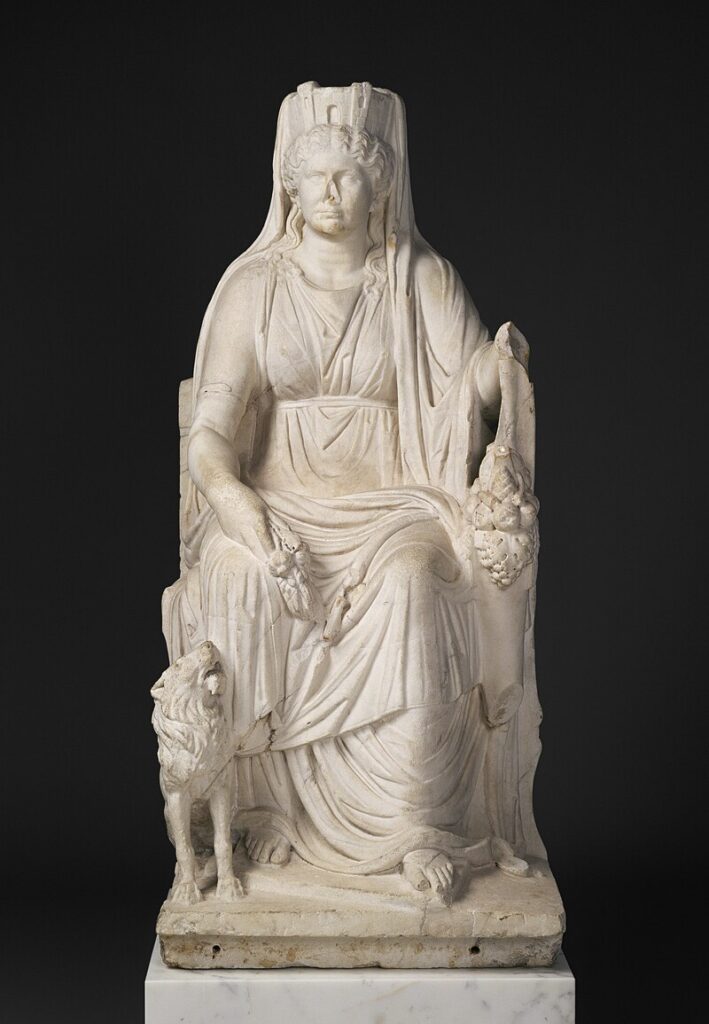
Her worship was widespread across Anatolia and later spread into Greece and Rome, where she was syncretized with other mother goddesses. Archaeological findings and ancient texts reveal that Cybele’s cult involved rituals celebrating the life-giving forces of nature and motherhood, highlighting her role as a protector and nurturer.
📣 Our WhatsApp channel is now LIVE! Stay up-to-date with the latest news and updates, just click here to follow us on WhatsApp and never miss a thing!!
The Statue and Its Archaeological Significance
The Cybele statue exhibited in Tekirdağ is part of the “Trak Ana Tanrıçanın İzleri” (Trakian Mother Goddess Traces) collection and was discovered during systematic excavations at the Heraion-Teikhos site. It portrays Cybele enthroned, with two lions at her sides — a motif symbolizing her dominion over nature and wild animals.
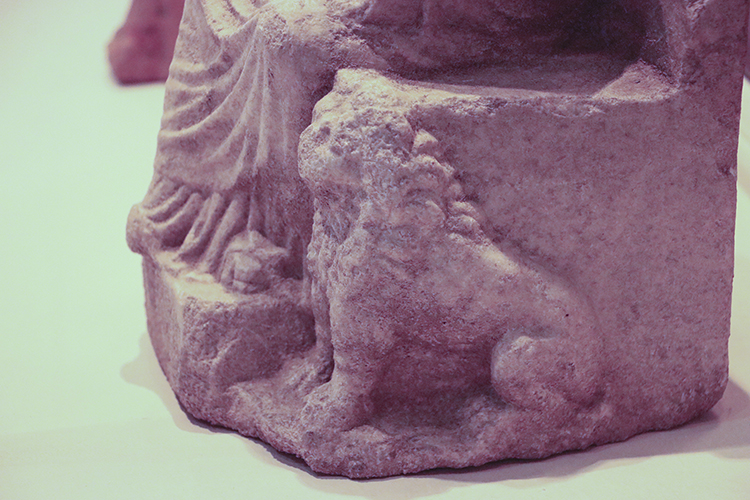
Museum Director Abdulgani Tarkan emphasizes the statue’s magnetic appeal, stating, “Among the 24,000-plus artifacts in our museum, the Cybele statue consistently draws the most attention. Visitors are captivated by the intricate craftsmanship and the symbolism of Cybele’s relationship with nature.” According to Tarkan, around 50,000 local and international tourists explored the museum last year, many of whom highlighted the Cybele statue as a highlight of their visit.
Museum Specialist Levşa Erdem adds important context: “Since 2000, extensive excavations at Heraion-Teikhos have uncovered multiple mother goddess figurines, revealing a vibrant cult dedicated to Cybele in ancient Thrace. This particular statue clearly depicts her seated on a throne with lions — emphasizing her role as a sovereign of nature. It confirms that the ancient people of this region deeply revered Cybele’s protective and fertile powers.”
Heraion-Teikhos Ancient City: A Thracian Cultural Hub
Located approximately 15 kilometers east of Tekirdağ city center, Heraion-Teikhos Ancient City sits near the mouth of the Çitlembik Stream, adjacent to modern Karaevli village. Occupied continuously from the 3rd millennium BCE through the Byzantine period, the site was a significant port and religious center in ancient Thrace.
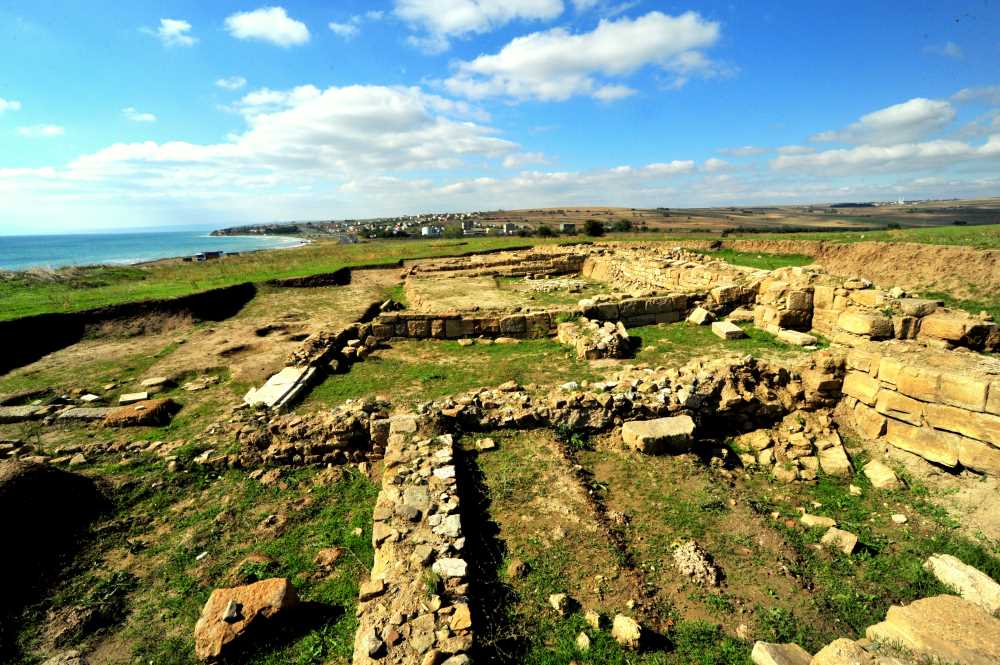
Archaeological excavations have revealed that Heraion-Teikhos housed various cultic buildings and health-related structures, pointing to its role as a spiritual and social hub. The city’s connection with the Cybele cult underscores the cultural exchange between Anatolia and Thrace and illustrates the enduring importance of mother goddess worship in the region.
A Testament to the Enduring Power of Mother Goddess Traditions
The Cybele statue at Tekirdağ Archaeology and Ethnography Museum is more than a relic; it is a vivid symbol of the ancient reverence for nature, fertility, and protection. Its discovery in Heraion-Teikhos connects the threads of Anatolian and Thracian spiritual traditions, providing scholars and visitors alike with a tangible link to a past where motherhood and nature’s power were central to community life.
For archaeology enthusiasts and cultural tourists worldwide, witnessing this unique statue offers a rare window into the ancient world’s complex religious landscape and the timeless human connection to the divine feminine.
You may also like
- A 1700-year-old statue of Pan unearthed during the excavations at Polyeuktos in İstanbul
- The granary was found in the ancient city of Sebaste, founded by the first Roman emperor Augustus
- Donalar Kale Kapı Rock Tomb or Donalar Rock Tomb
- Theater emerges as works continue in ancient city of Perinthos
- Urartian King Argishti’s bronze shield revealed the name of an unknown country
- The religious center of Lycia, the ancient city of Letoon
- Who were the Luwians?
- A new study brings a fresh perspective on the Anatolian origin of the Indo-European languages
- Perhaps the oldest thermal treatment center in the world, which has been in continuous use for 2000 years -Basilica Therma Roman Bath or King’s Daughter-
- The largest synagogue of the ancient world, located in the ancient city of Sardis, is being restored

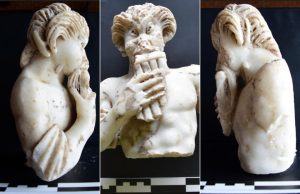
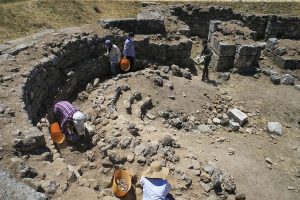
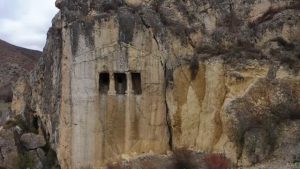
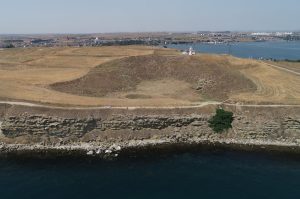
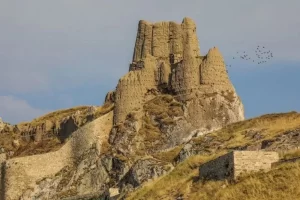
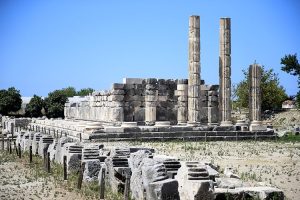
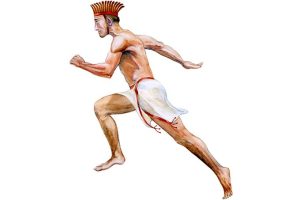

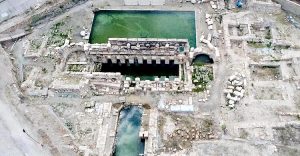
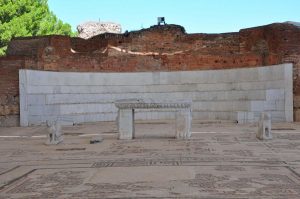
Leave a Reply